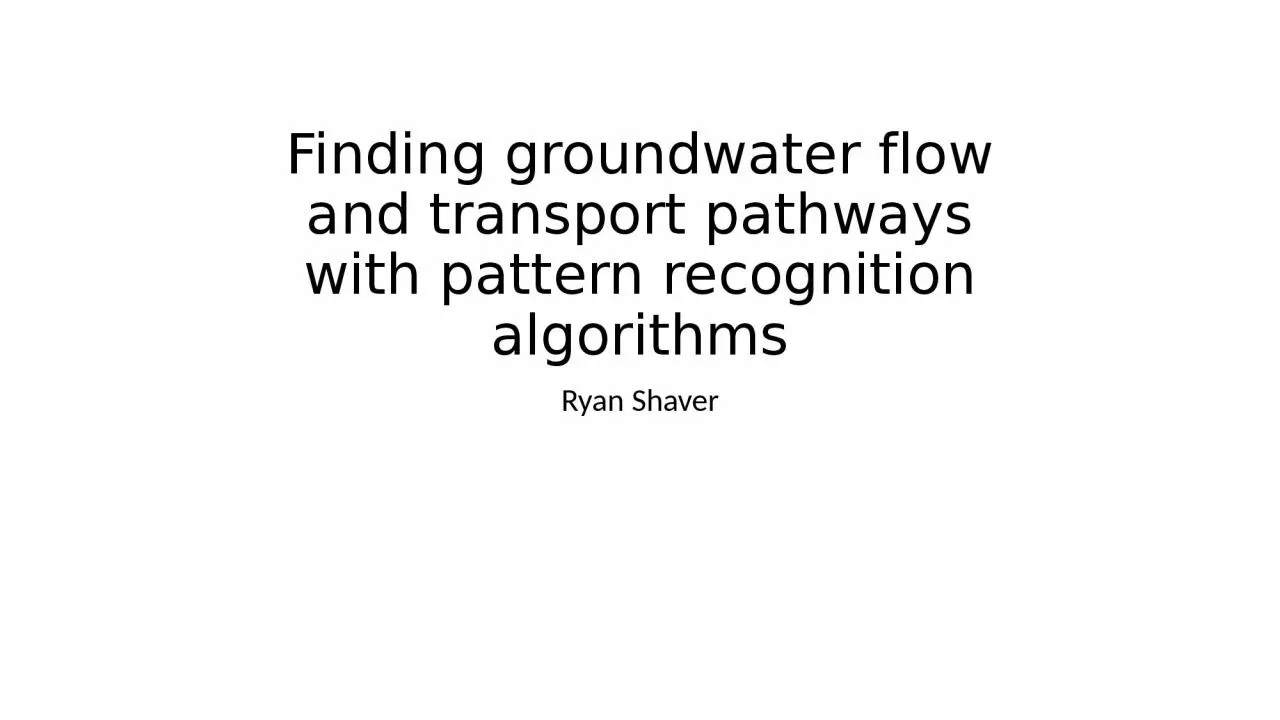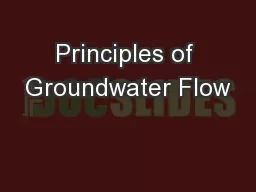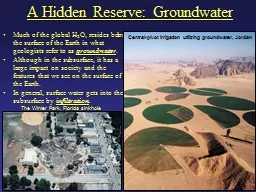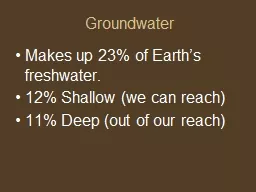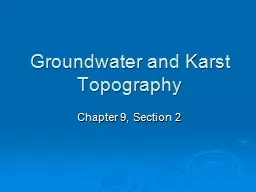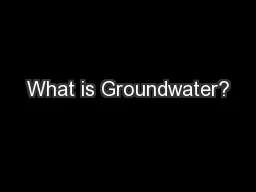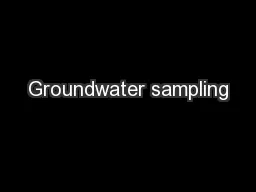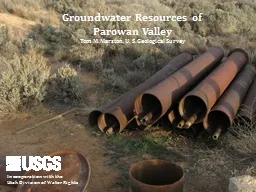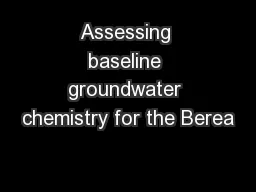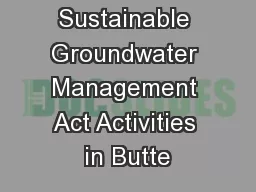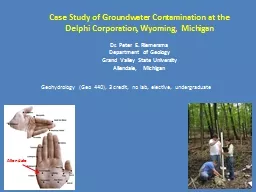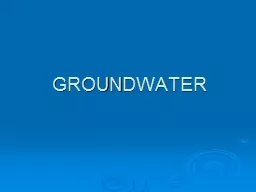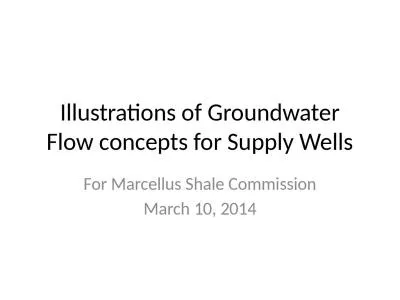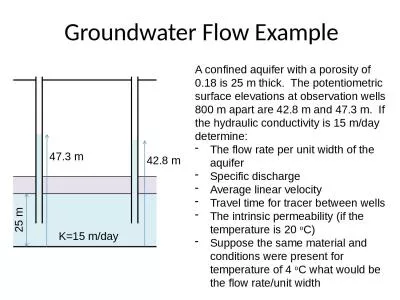PPT-Finding groundwater flow
Author : anderson | Published Date : 2024-01-03
and transport pathways with pattern recognition algorithms Ryan Shaver Where is groundwater Heath RC 1984 Groundwater regions of the United States USGS WSP
Presentation Embed Code
Download Presentation
Download Presentation The PPT/PDF document "Finding groundwater flow" is the property of its rightful owner. Permission is granted to download and print the materials on this website for personal, non-commercial use only, and to display it on your personal computer provided you do not modify the materials and that you retain all copyright notices contained in the materials. By downloading content from our website, you accept the terms of this agreement.
Finding groundwater flow: Transcript
Download Rules Of Document
"Finding groundwater flow"The content belongs to its owner. You may download and print it for personal use, without modification, and keep all copyright notices. By downloading, you agree to these terms.
Related Documents

